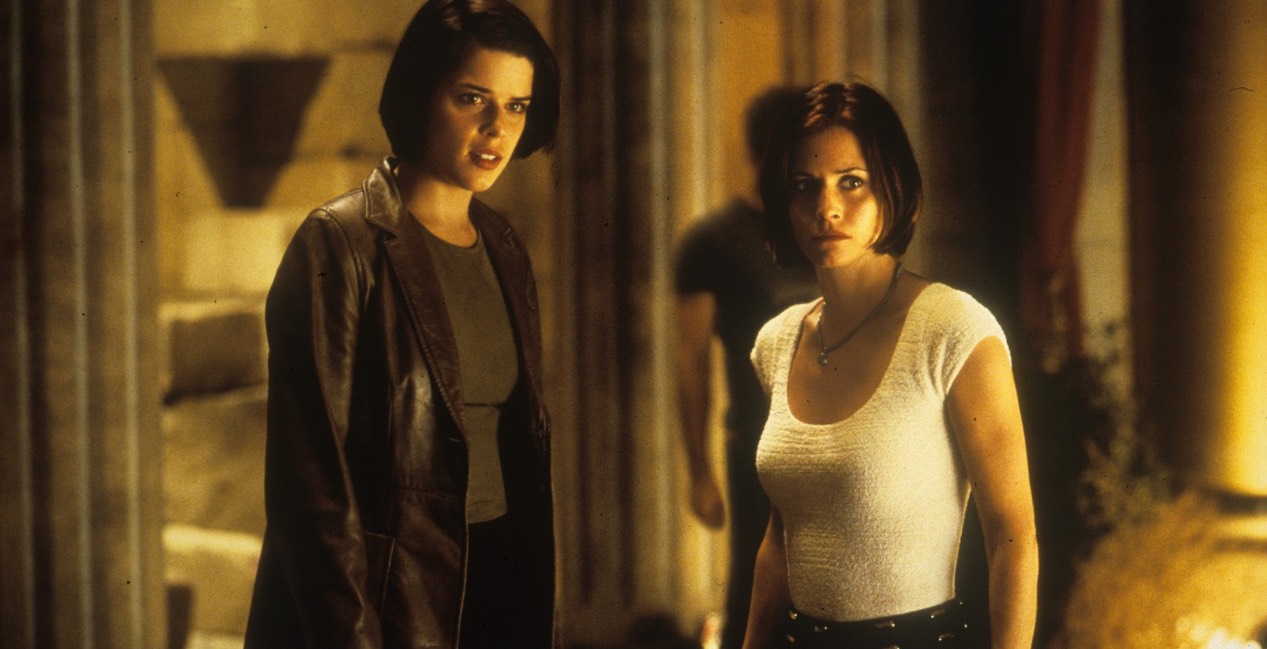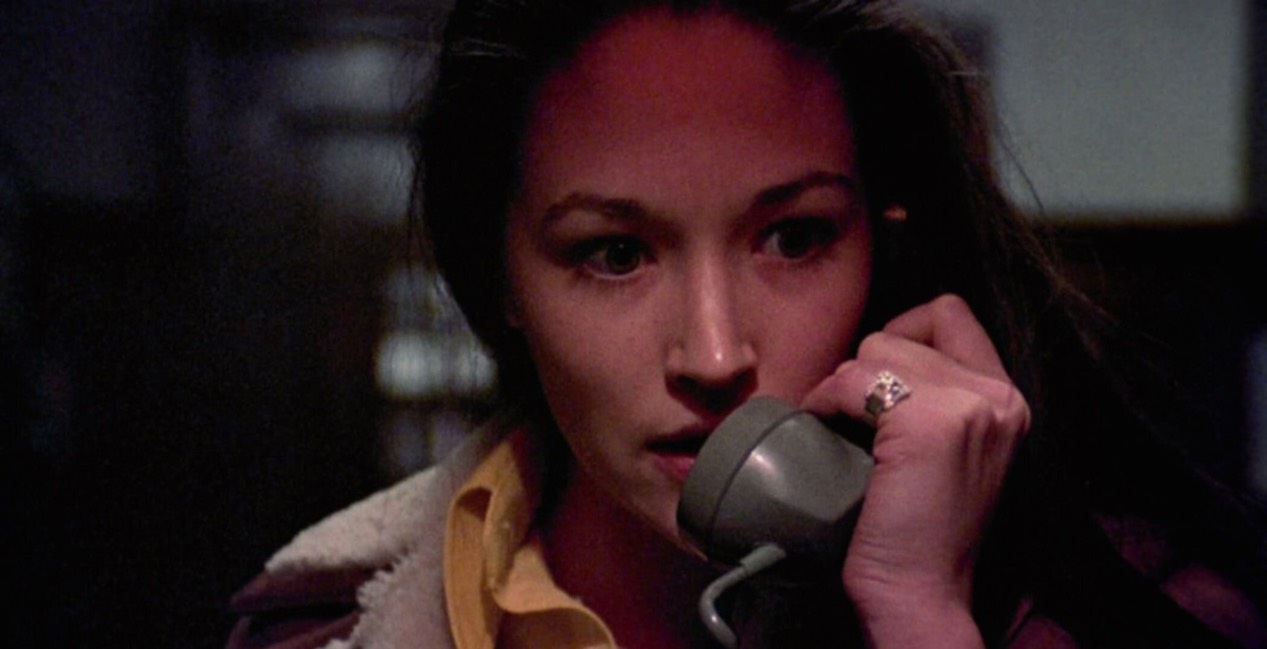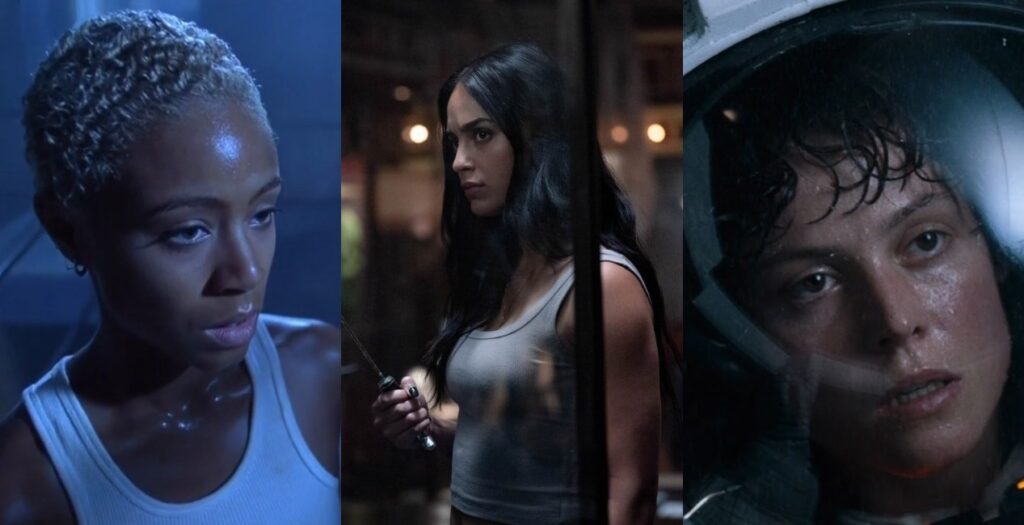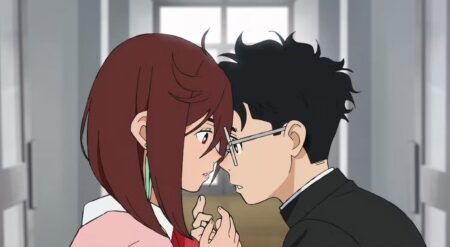The horror tropes that you know, love, or dislike have existed for some time, including the final girl, one of the most beloved of the bunch. Especially since women are the central focus of the trope, and that’s something worthy of applause. Carol J. Clover originally coined the term in a late ’80s article titled: Her Body, Himself: Gender in the Slasher Film. Of course, the initial definition didn’t allow much wiggle room for interpretation regarding who qualifies. The definition originally described the final girl as the last one standing to face the killer. Typically, the final girl abstained from partying, sex, and “careless” behavior.
Modern, intersectional feminism rightfully perceives that initial definition as outdated. The concept of a final girl needing to be viewed as “pure” is partially why. If you’re looking to dig into some of the meat in terms of this trope, I’ve got a plate ready for you. So let’s dig in.
In the ’70s four notable final girls emerged out of their respective films: Jess Bradford (Olivia Hussey) in Black Christmas (1974) Sally Hardesty (Marilyn Burns) in The Texas Chain Saw Massacre (1974), Laurie Strode (Jamie Lee Curtis) in Halloween, and Ellen Ripley (Sigourney Weaver) in Alien (1979). All three women are entirely different in how they present themselves as final girls.
Jess is confirmed to be sexually active and scrambles to survive Billy (Bob Clark). Sally’s journey as a final girl is pure madness and circumstantial because of her friend’s ill-advised decisions to enter Leatherface’s (Gunnar Hansen) home uninvited. Ripley was simply doing her job and was forced to deal with the xenomorph. And Laurie is stalked by Michael Myers (Nick Castle), and later attacked by him for no reason she can sort out.

Meanwhile, in the ’80s, final girls were more damsels in distress and often needed to be saved by men. Such as Rennie Wickham (Jensen Daggett) in Friday the 13th Part VIII: Jason Takes Manhattan or Judy (Cathy Podewell) in Night of the Demons (1988). A few notable final girls in the decade that buck against that idea are Ginny Field (Amy Steel) in Friday the 13th Part 2 (1981), who bravely tricks Jason (Steve Daskewisz), Nancy Thompson (Heather Langenkamp) in A Nightmare on Elm Street (1984), who is resourceful and headstrong, and Alice Johnson (Lisa Wilcox) in A Nightmare on Elm Street 4: The Dream Master (1988) and A Nightmare on Elm Street 5: The Dream Child (1989).
As soon as the ’90s came along, we saw more of an array of final girls, instead of them being mostly virginal, white, straight, and or in need of saving. Tales from the Crypt: Demon Knight (1995) introduced an important Black final girl in Jeryline (Jada Pinkett Smith), who fights to survive against the Collector (Billy Zane). Scream (1996) revived horror, and the franchise gave us iconic final girls in Sidney Prescott (Neve Campbell) and Gale Weathers (Courteney Cox).
From there, fans saw a shift in final girl depictions. No longer are they strictly defined as strictly virginal women who abstain from having fun or making mistakes. Expanding that definition allows for better representation, and it shows how far the horror genre has come.
The fact that I can say there are countless examples of post-’90s final girls is a relief. Struggling to narrow them down is easier than struggling to list them. A few examples include but aren’t limited to Erin (Jessica Biel) from The Texas Chainsaw Massacre (2003), Nica Pierce (Fiona Dourif) from the Child’s Play franchise, Erin (Sharni Vinson) from You’re Next (2011), Mia (Jane Levy) from Evil Dead (2013), Grace Le Domas (Samara Weaving) from Ready or Not (2017), Sam Carpenter (Melissa Barrera)/Tara Carpenter (Jenna Ortega)/Mindy Meeks-Martin (Jasmin Savoy Brown) from Scream 5 (2022) and Scream 6 (2023), Sienna Shaw (Lauren LaVera) from the Terrifier films and many more.

I adore the trope because of its boldness and how the genre no longer restricts who can or cannot be a final girl. We’ve also seen more subgenres be included over time beyond slashers, which allows for more dissection in how final girls operate across horror subgenres. Ripley from the Alien franchise, for example, is just as valid a final girl as the Lauries from the Halloween franchise.
Of course the trope expands to horror television as well. That means Buffy Summers (Sarah Michelle Gellar), an iconic heroine in the genre and personal hero, is one of the best examples of a complicated final girl in television. She’s not perfect, but she tries her best, in spite of everything she endures throughout Buffy the Vampire Slayer. There’s plenty more examples in horror television that show much growth this trope his undergone.
We’re in a completely different age for final girls. And while we can appreciate the final girls of old, the progress that’s been made isn’t to be taken lightly. Allowing for more explicitly queer final girls, as well as final girls of color, would be great. There is still room for the trope to grow, especially since we are nearing 2025, and there’s no better time than now. I’d personally love to see more Black queer final girls (see the Slumber Party Massacre remake). But cheers to our favorite notable or underappreciated final girls because horror wouldn’t be the same without them.







